Southern New England Exurban Oak
The Southern New England Exurban Affiliate Oak project, located in eastern Connecticut and southern Rhode Island, is participating in a study called the Adaptive Silviculture for Climate Change (ASCC) Network. This project is a collaborative effort to establish a series of experimental silvicultural trials across different forest ecosystem types. We are currently implementing an affiliate trial within Southern New England to test different silvicultural approaches to climate change and forest health adaptation that will also serve as useful examples across the U.S. and Canada.
The University of Connecticut is leading the development of an ASCC affiliate project site targeting oak forests in southern New England. Oak forests in southern New England often extend across multiple wooded parcels of varying size and ownership status in a parcelized and fragmented landscape. This project also includes considerations of the social dimensions of managing small parcels in the context of an exurban landscape. Rather than a single site, treatments will be replicated across the regional landscape on multiple ownerships.
Replicates of the Southern New England Exurban Affiliate site have been developed in eastern Connecticut and southern Rhode Island. The initial replicates were developed for the Mohegan State Forest, University of Connecticut Forest, and Lee Farm in Connecticut. The newest addition to the project is located on the DeCoppet Preserve in Rhode Island, which is nearly 40-acres and managed as a research site for upland forests and habitat. These upland central hardwoods are an even-aged, stratified mixture consisting of an oak-hickory canopy with more shade-tolerant subcanopy.
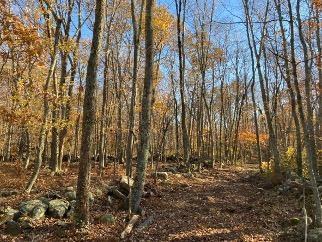
Key Projected
Climate Change Impacts
Key climate change impacts considered for this study area include:
- Climate models suggest that temperatures will increase 3 to 10°F by the end of the century in the region, which will also increase the growing season.
- Precipitation patterns will continue to change, with less winter snow and the potential for drier and droughty conditions later in the growing season.
- Many “northern” tree species will face increasing stress from climate change, while those that have more southerly distributions and can tolerate hotter and drier conditions might have a greater competitive advantage.
- Climate change is likely to increase threats from many forest stressors, including insect pests, forest diseases, invasive plant species, and deer.
- Extreme storms, including heavy precipitation events, hurricanes and other extreme wind events are expected to increase and have an effect on trees and forest infrastructure.
Climate change will present challenges and opportunities for accomplishing the management objectives of the Southern New England Affiliate sites including:
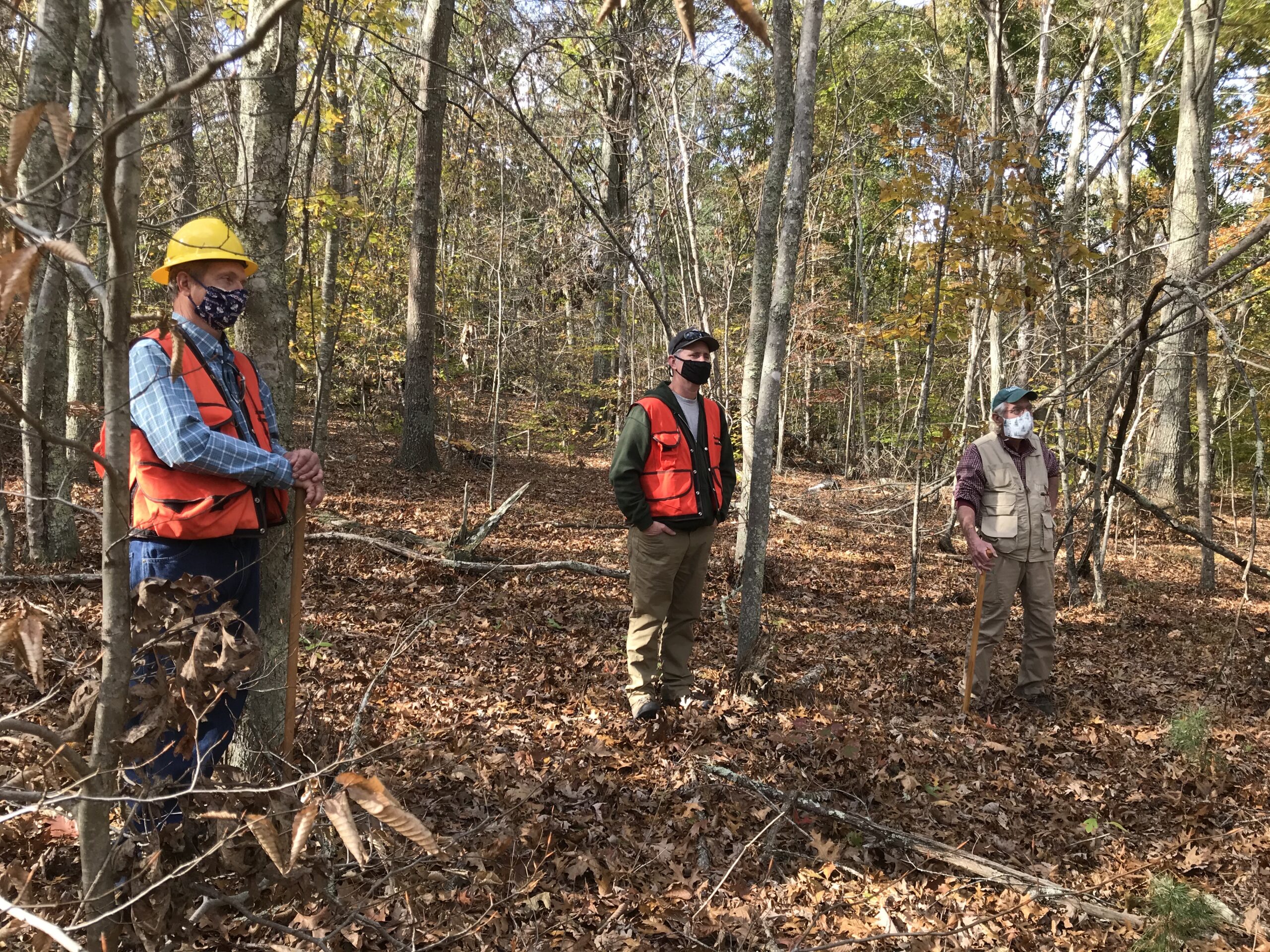
Challenges
- Many “northern” tree species will face increasing stress from climate change and drought (red oak and hickory)
- Increased tree mortality of overstory oak due to gypsy moth outbreaks, competition from invasive plants, and other factors
- Changes in suitable habitat for tree species found on site
- Changes in tree establishment and growth
- Changes in forest species composition and structure
Opportunities
- Increased growing seasons
- Potential for increased distribution of southerly tree species that are better adapted to future conditions (shade-tolerant maples, birches, beech, pine, and other mesic species)
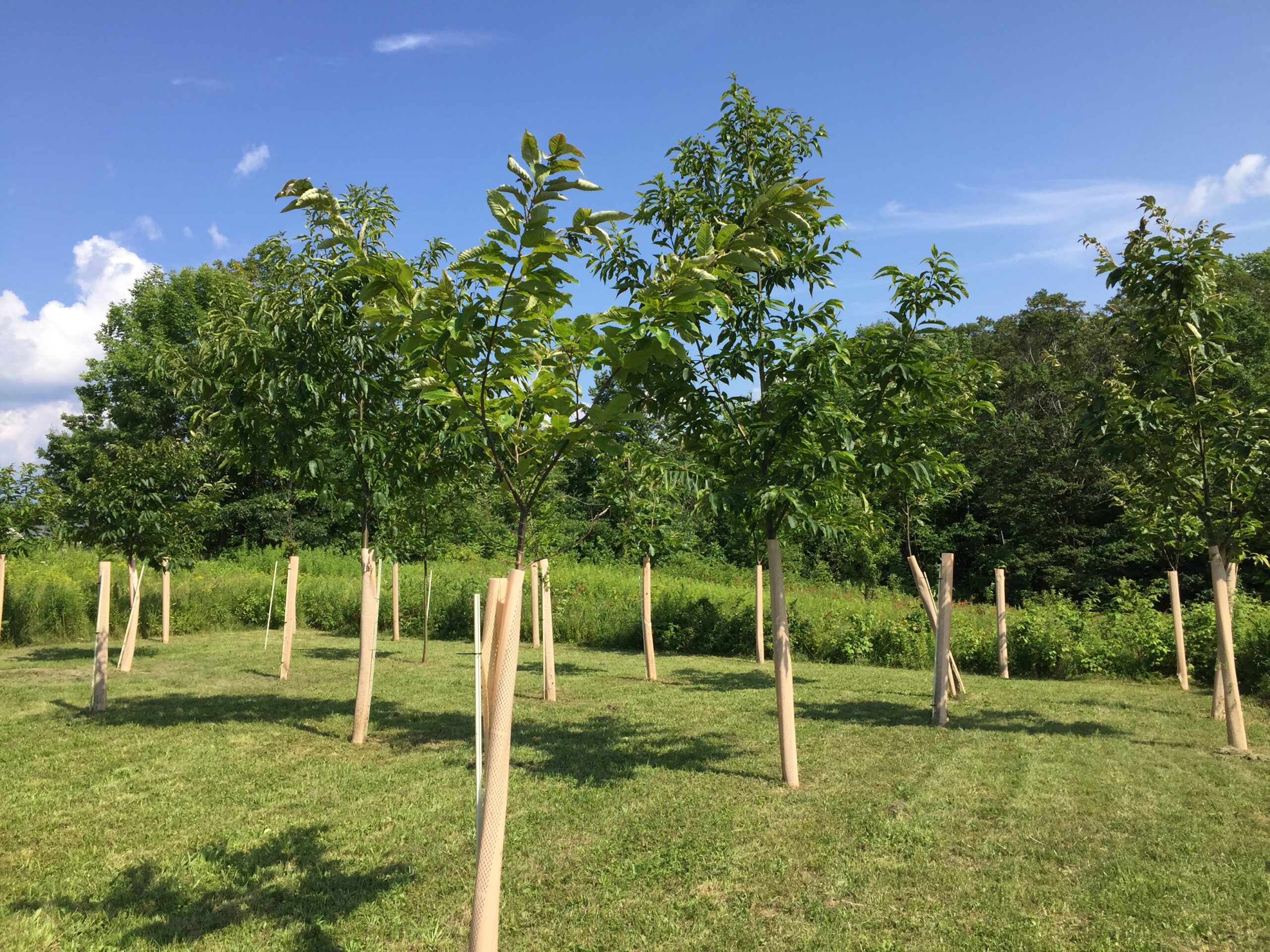
Management Goals & Treatments
A team of natural resource managers from the Connecticut Department of Energy and Environmental Protection and several local organizations teamed up with regional scientists from the University of Connecticut and the Northern Institute of Applied Climate Science for a virtual workshop in October 2020 to develop the study design for the ASCC project site. The team developed a set of Desired Future Condition statements (DFCs), Objectives, and Tactics for each climate adaptation trajectory (resistance, resilience, transition). These DFCs, objectives, and tactics also provided the foundation for the discussions at the DeCoppet Preserve replicate of this affiliate ASCC site led by the University of Rhode Island and the Rhode Island Department of Environmental Management. Goals for the three treatments are summarized briefly below:
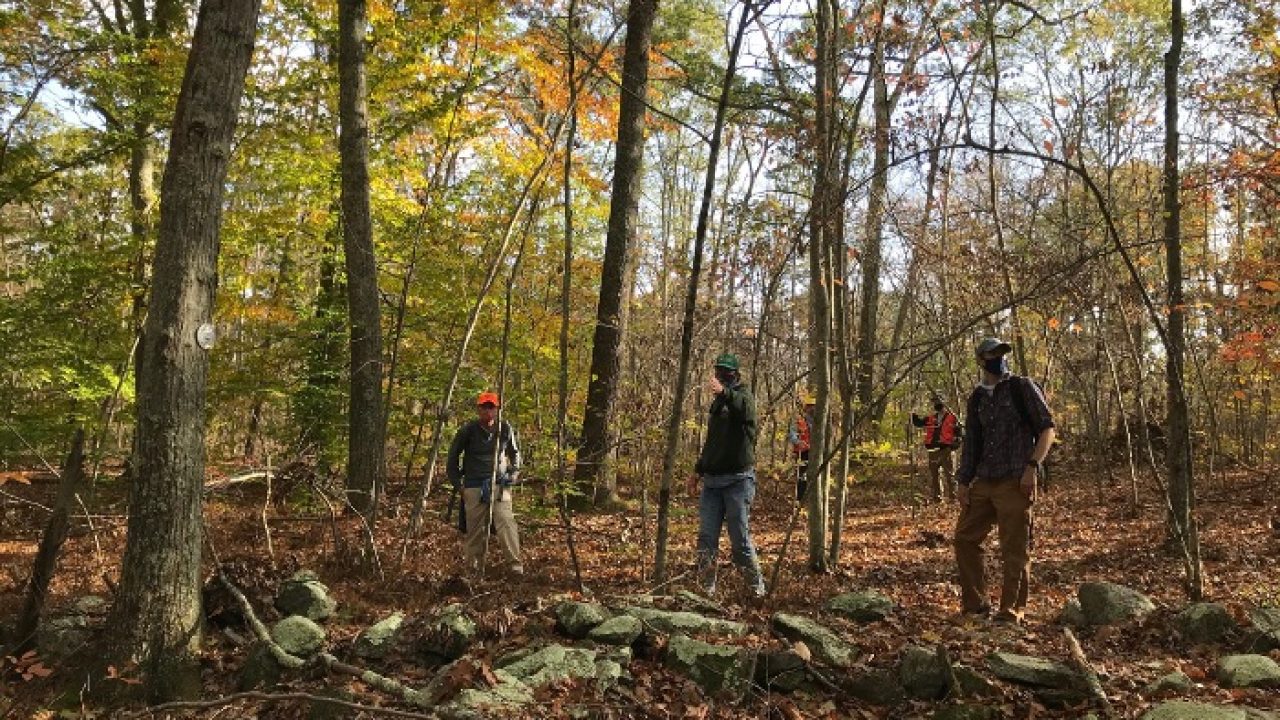
Resistance
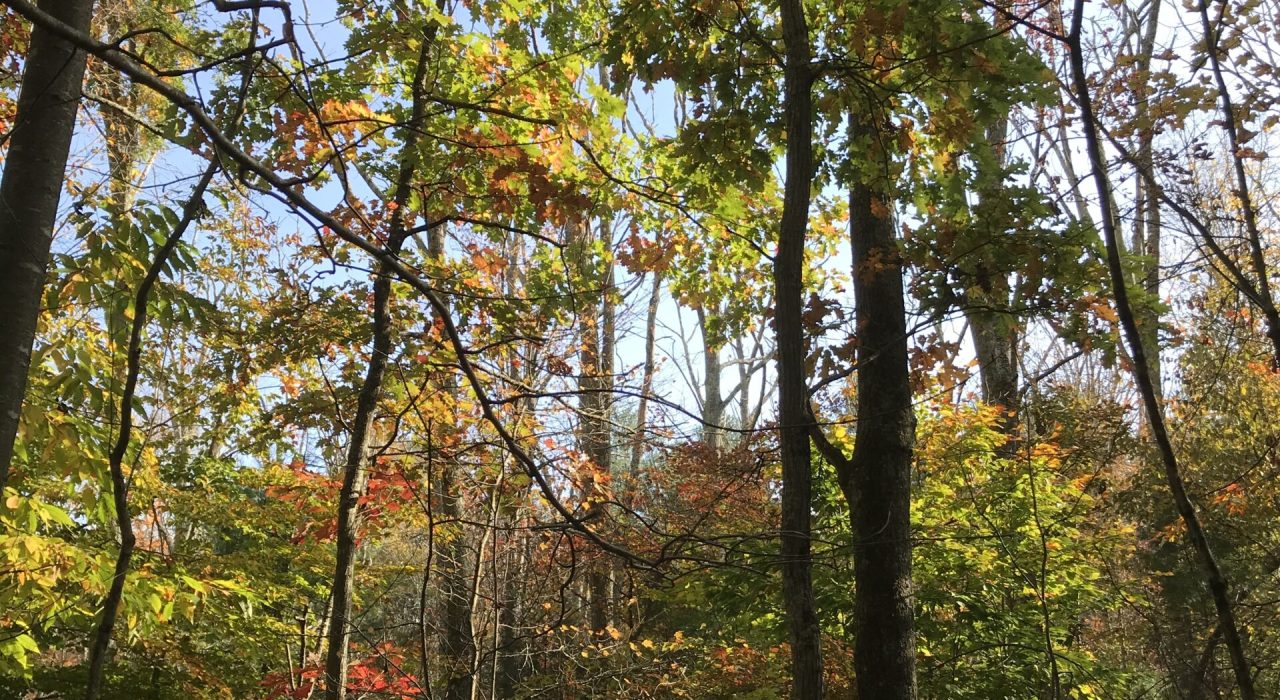
Resilience
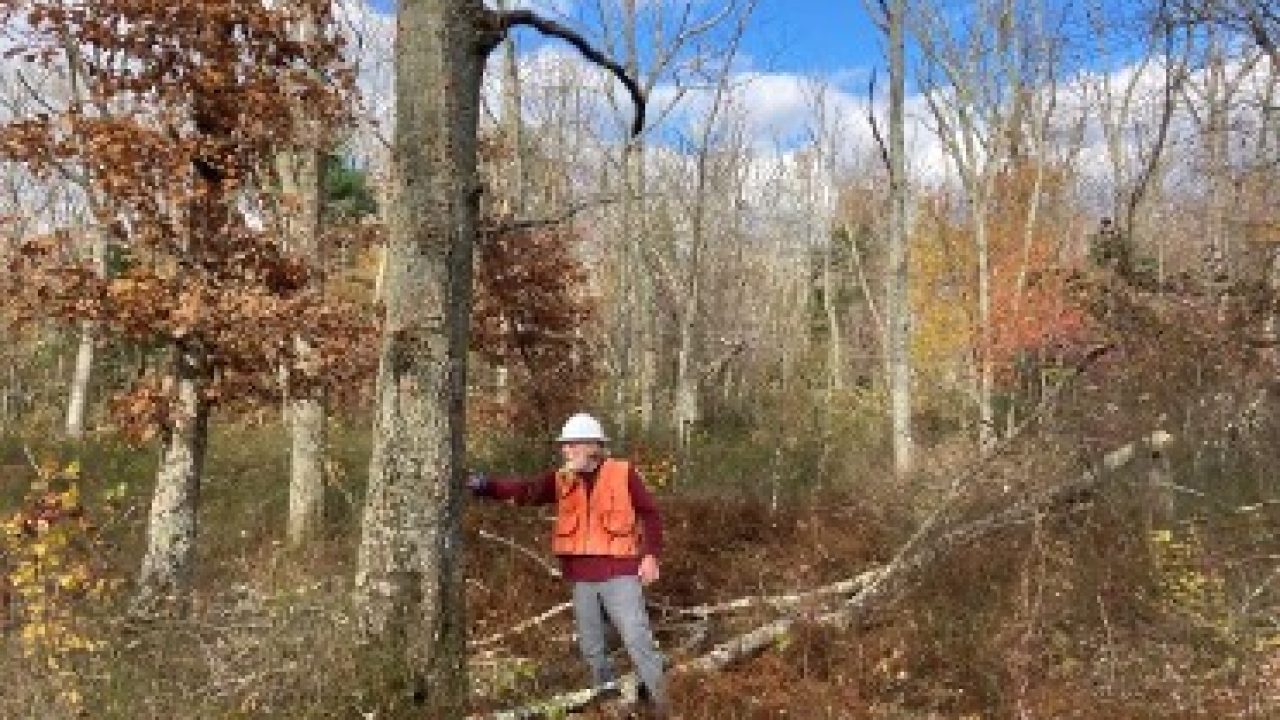
Transition
Monitoring
Monitoring is an essential component of the ASCC study. Research partners from several institutions are working together to investigate the effectiveness of different silvicultural treatments aimed at creating adaptive ecosystems. Some of the monitoring items include:
- Natural regeneration and planted seedling survival and growth, including browse protection and avoided trampling of seedlings
- Soil moisture and microclimate conditions
- Social considerations and acceptance of climate-adaptive management treatments for small-parcel woodland owners
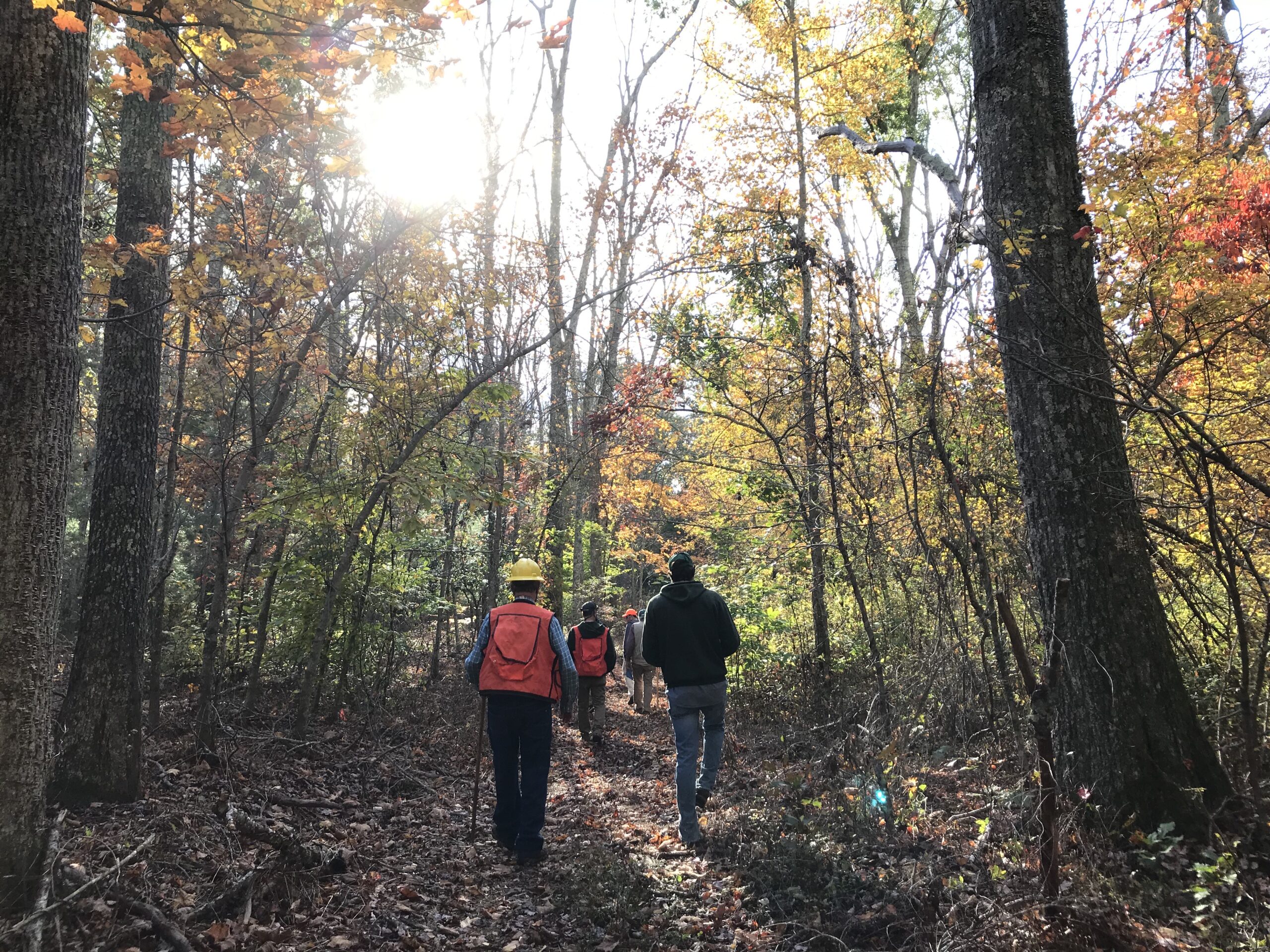
Progress & Next Steps
Project participants have been refining and implementing the adaptive management treatments determined during the October 2020 workshop for the Southern New England Exurban Affiliate site. Treatment areas have been delineated and mapped, and initial stand inventory data has been collected. Permanent plots have been measured across the replicates in CT and RI. Next steps for site managers and researchers include:
- Implementing the additional study sites for landscape-scale replication in CT and RI
- Ordering future-adapted seedlings for planting
- Conducting focus groups to evaluate perceptions of the proposed treatments
- Additional outreach and training with partners
Site Leads & Partners
Tom Worthley (University of Connecticut), Robert Fahey (University of Connecticut), and Christopher Riely (University of Rhode Island) are the Southern New England Exurban Oak Affiliate site leads. Anita Morzillo and Amanda Bunce (University of Connecticut) are the site co-leads. Key partners include the Connecticut Department of Energy and Environmental Protection, CT Division of Forestry, University of Rhode Island, the Rhode Island Department of Environmental Management, and Lee Farm.

Thomas Worthley
Southern New England Exurban Oak Affiliate, ASCC Site Lead
Associate Extension Professor,
University of Connecticut Cooperative Extension Service
Forestry Sciences Laboratory,
University of Connecticut Department of Natural Resources and the Environment
1376 Storrs Road, Unit 4066
Storrs, Connecticut 06269-4066
Phone: 860-345-5232
thomas.worthley@uconn.edu
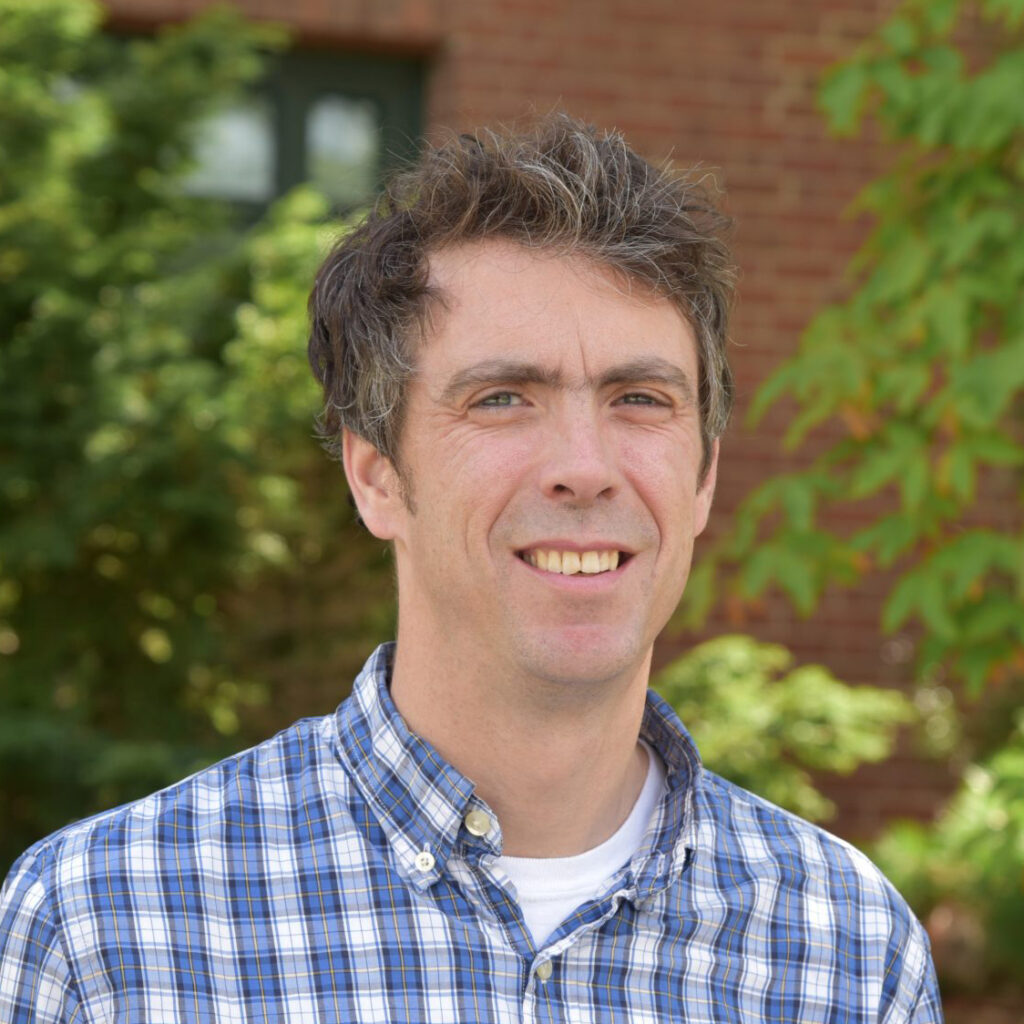
Robert Fahey
Southern New England Exurban Oak Affiliate, ASCC Site Lead
Assistant Professor,
University of Connecticut Department of Natural Resources and the Environment
1376 Storrs Rd. U-4087
Storrs, CT 06269-4087
Phone: 860-486-0148
robert.fahey@uconn.edu
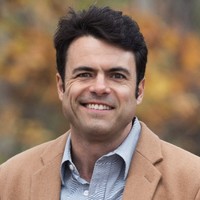
Christopher Riely
Southern New England Exurban Oak Affiliate, DeCoppet Preserve, ASCC Site Lead
Research Associate IV, Forestry Specialist
Department of Natural Resources Science
USDA Natural Resources Conservation Service, Warwick RI
Phone: 401.822.8871
Email: criely@uri.edu
